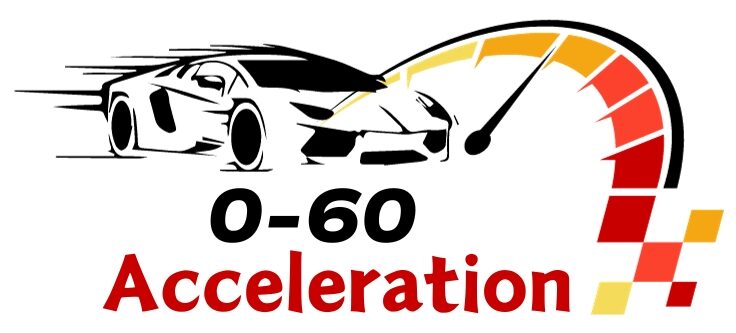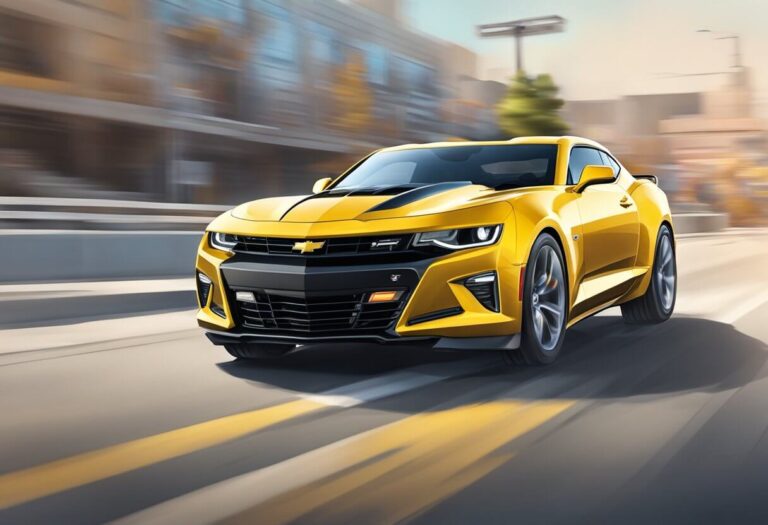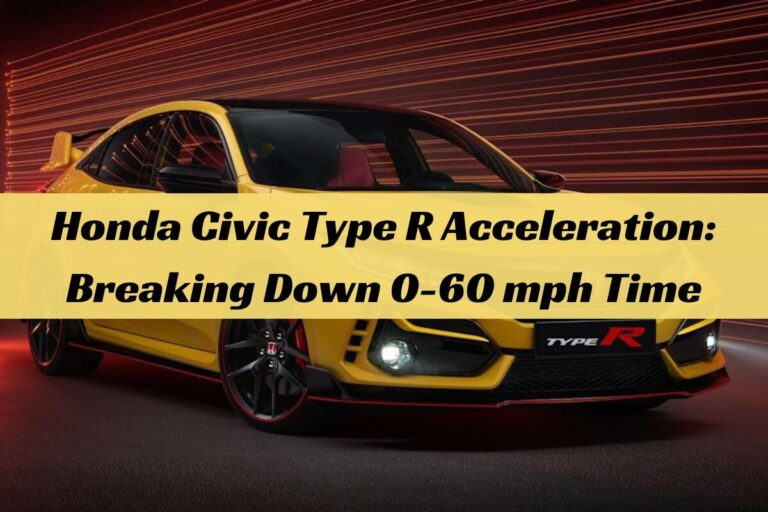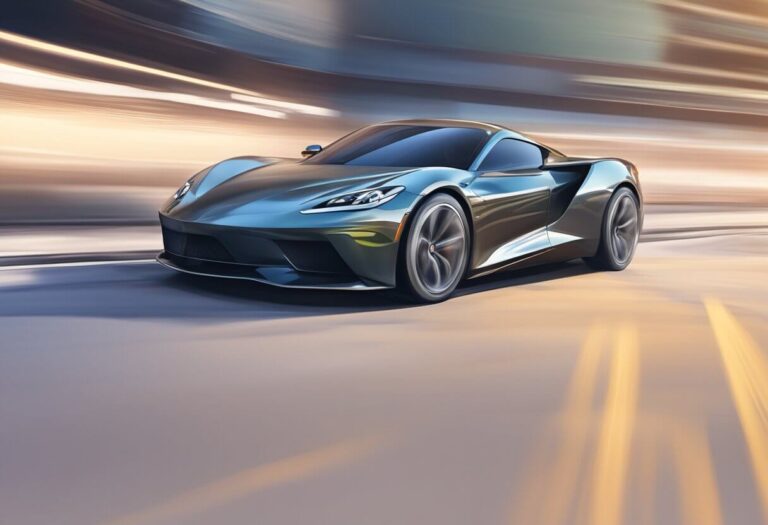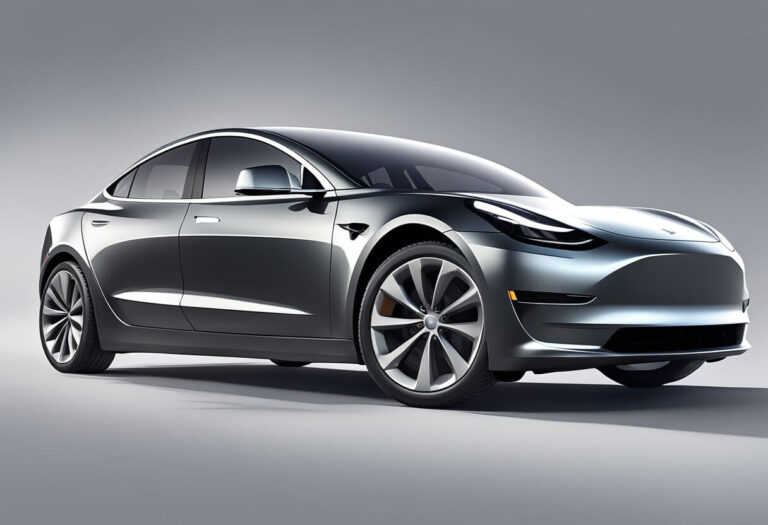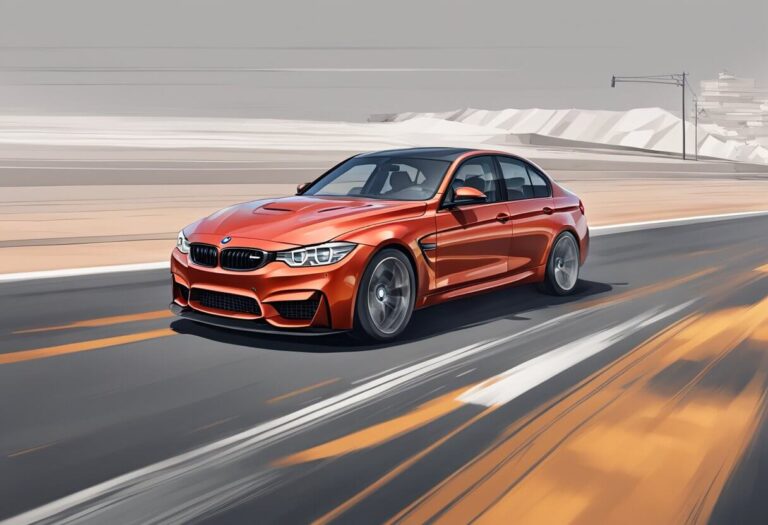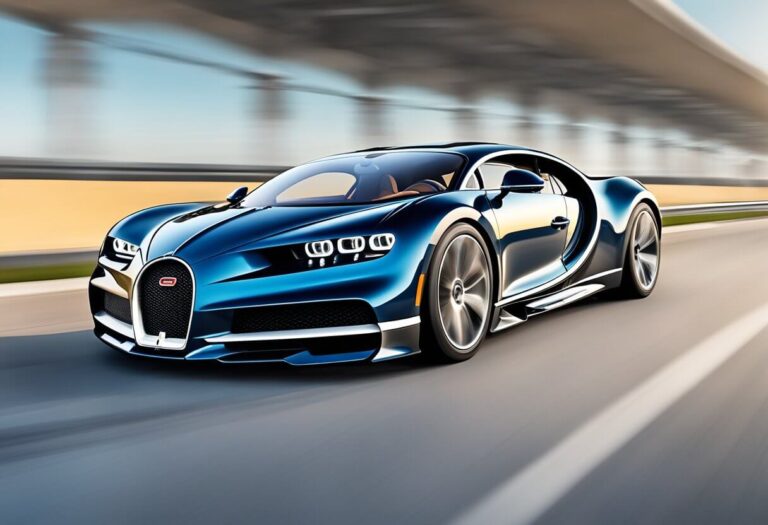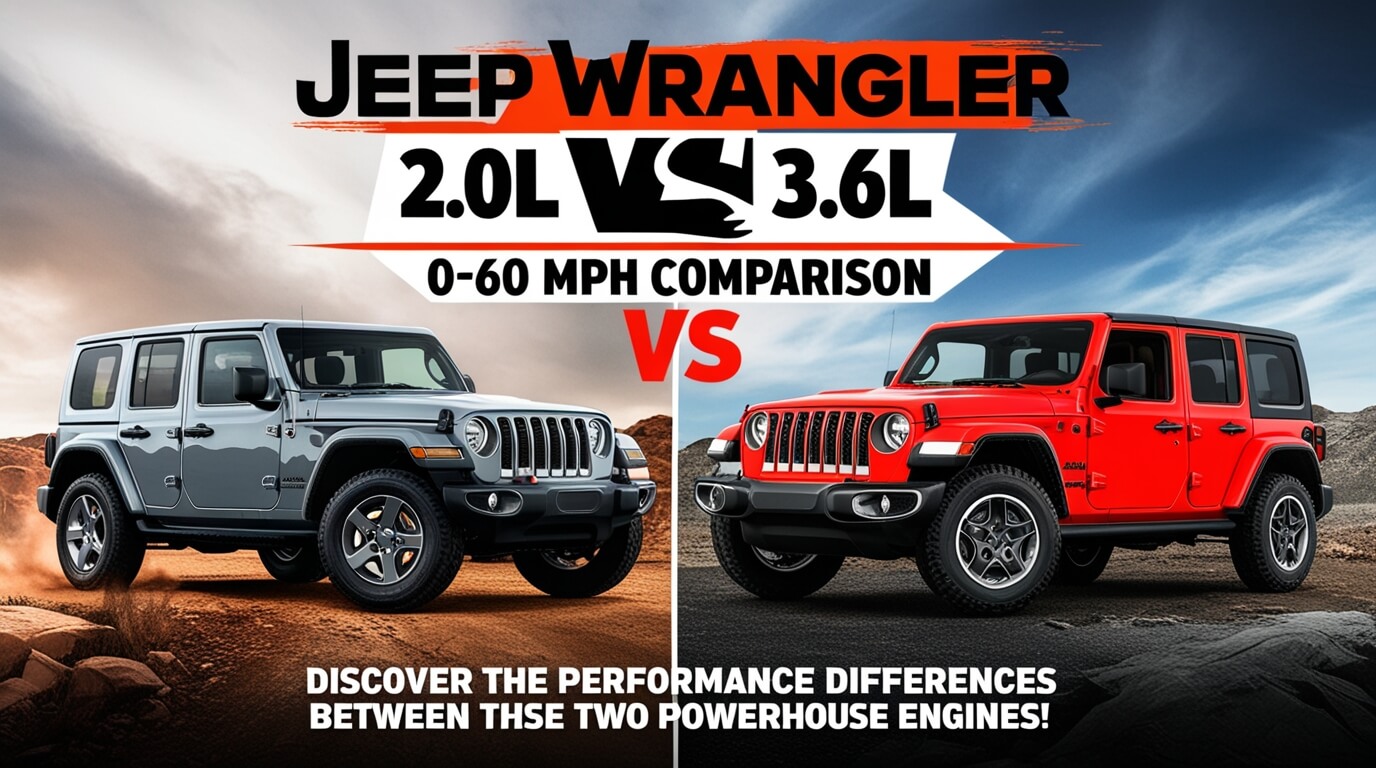
When it comes to choosing a Jeep Wrangler, one of the most significant decisions is selecting the right engine. Among the most popular options are the 2.0L Turbocharged Inline-4 and the 3.6L V6. Each engine has its unique characteristics, impacting performance, fuel efficiency, and overall driving experience. In this detailed comparison, we’ll explore how the Wrangler 2.0 and 3.6 stack up against each other, especially in terms of their 0-60 MPH times, to help you make an informed choice.
Engine Specifications
Overview of the 2.0L Turbocharged Engine
The 2.0L Turbocharged Inline-4 engine offers a modern twist to the traditional Jeep powertrain. With an output of 270 horsepower and 295 lb-ft of torque, this engine is designed for efficiency and performance. The turbocharging technology provides a boost in power without significantly increasing fuel consumption. This engine is paired with an 8-speed automatic transmission, enhancing its responsiveness and smoothness.
Overview of the 3.6L V6 Engine
The 3.6L V6 engine is a classic choice for many Jeep enthusiasts. It produces 285 horsepower and 260 lb-ft of torque, providing a robust and reliable performance. This naturally aspirated engine is known for its durability and has been a staple in Jeep’s lineup for years. Like the 2.0L, it also comes with an 8-speed automatic transmission, ensuring a balanced performance across various driving conditions.
Performance Metrics
0-60 MPH Times
One of the most crucial performance metrics for any vehicle is its 0-60 MPH acceleration time. For the Jeep Wrangler:
- The 2.0L Turbocharged engine achieves 0-60 MPH in approximately 7 seconds.
- The 3.6L V6 engine is slightly faster, reaching 0-60 MPH in about 6.8 seconds.
While the difference may seem minimal, it can be significant depending on driving preferences and needs.
Fuel Efficiency
Fuel efficiency is another critical factor when comparing these engines. The 2.0L Turbo offers better fuel economy with an estimated 21 MPG in the city and 24 MPG on the highway. In contrast, the 3.6L V6 provides around 18 MPG in the city and 23 MPG on the highway. Although the 2.0L Turbo has a slight edge, the difference might not be a deal-breaker for those prioritizing power over efficiency.
Towing and Payload Capacities
Both engines are capable performers, but they differ slightly in their towing and payload capacities:
- The 2.0L Turbocharged engine can tow up to 3,500 pounds.
- The 3.6L V6 engine, on the other hand, can tow up to 3,500 pounds as well, maintaining a balance between the two options.
Driving Experience
On-Road Performance
The on-road performance of both engines is noteworthy, but they offer different driving experiences:
- The 2.0L Turbocharged engine is praised for its smooth acceleration and torque delivery, making it ideal for urban driving and long highway trips.
- The 3.6L V6 engine provides a more traditional driving feel, with robust power delivery that is particularly enjoyable during spirited driving.
Off-Road Performance
Jeep Wranglers are renowned for their off-road capabilities, and both engines excel in this aspect:
- The 2.0L Turbocharged engine benefits from its lower-end torque, making it well-suited for rock crawling and steep inclines.
- The 3.6L V6 engine, with its consistent power output, is excellent for tackling challenging terrains and longer off-road adventures.
Ownership Costs
Maintenance and Reliability
Maintenance and reliability are key considerations for any vehicle owner:
- The 2.0L Turbocharged engine, being a newer and more technologically advanced engine, may have higher maintenance costs due to its complexity.
- The 3.6L V6 engine, with its long history and proven track record, is generally considered more reliable and easier to maintain.
Long-Term Costs
Long-term ownership costs can be influenced by fuel efficiency, maintenance needs, and resale value:
- The 2.0L Turbo, with its better fuel economy, can save on fuel costs over time.
- The 3.6L V6, known for its durability, might have lower maintenance costs and a higher resale value, making it a solid investment for long-term owners.
Consumer Preferences
Enthusiast Opinions
Jeep enthusiasts often have strong opinions about their preferred engines:
- Many prefer the 2.0L Turbo for its modern technology and fuel efficiency.
- Others favor the 3.6L V6 for its traditional power delivery and reliability.
Market Trends
Current market trends indicate a growing preference for fuel-efficient and technologically advanced engines like the 2.0L Turbo. However, the 3.6L V6 remains popular among traditionalists and off-road enthusiasts.
Conclusion
Choosing between the Jeep Wrangler 2.0L Turbo and the 3.6L V6 depends on your specific needs and preferences. If you prioritize fuel efficiency and modern technology, the 2.0L Turbo is an excellent choice. On the other hand, if you value traditional power and proven reliability, the 3.6L V6 might be the better option. Both engines offer unique advantages, ensuring that there’s a perfect Wrangler for every driver.
In summary, the Jeep Wrangler 2.0 vs. 3.6 0-60 comparison highlights the strengths and weaknesses of each engine, helping you make an informed decision. Whether you’re looking for efficiency, power, or off-road capability, both engines have something to offer, making the Jeep Wrangler a versatile and capable vehicle for any adventure.
